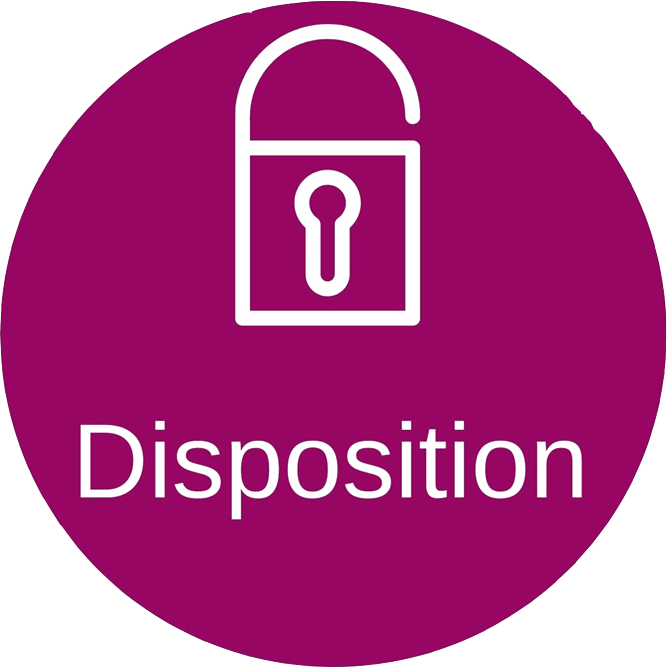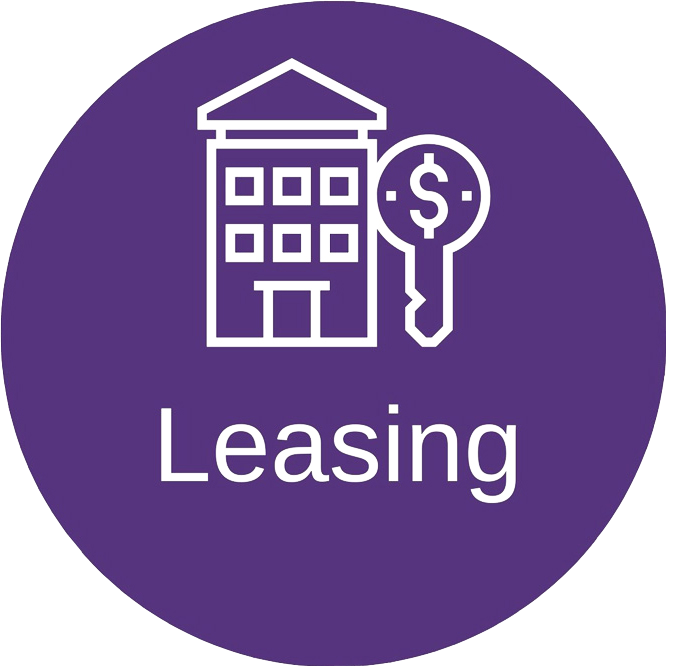
Cap Rate Analysis
Cap Rate Analysis
 What is Cap Rate?
What is Cap Rate?
The capitalization rate (aka cap rate) is defined as the first year “stabilized” net operating income (NOI) divided by the present value (or purchase price).
 What is the Advantage of Using Cap Rate to Analyze an Investment?
What is the Advantage of Using Cap Rate to Analyze an Investment?
The cap rate is a convenient and quick method to determine if the value or purchase price of an investment meets the investor’s criteria. The cap rate alone, however, should not be the sole reason to purchase a property. Investors must perform proper due diligence and consider other factors such as location, demographics, growth, supply vs demand, loan-to-value and debt coverage ratios to determine if an investment is worth the risk.
 What are the Disadvantages of Using Cap Rate to Analyze an Investment?
What are the Disadvantages of Using Cap Rate to Analyze an Investment?
The main disadvantage in using the cap rate to analyze an investment property is that the cap rate only shows the value of a property based on the first year’s stabilized net operating income. If the NOI of a property changes in subsequent years, the cap rate changes, therefore the value. The cap rate has an inverse relationship to value. Assuming the NOI remains the same, if the cap rate increases, the value decreases and vice versa.
 Is it Better to Have a Low or High Cap Rate?
Is it Better to Have a Low or High Cap Rate?
The answer to this question depends on who is evaluating the property. Investors (buyers) want a high cap rate, meaning the value (or purchase price) of the property is lower. Conversely, landlords (sellers) want to see a low cap rate which reflects a higher selling price.
 Cap Rate Example (Which is a better deal?)
Cap Rate Example (Which is a better deal?)
In the example below, which is a better deal?
Property A has a cap rate of 8.74% and Property B, 8.06%. Clearly, the return on equity is higher for Property B. Why is that so?
Let’s take a look. Even though Property A has a higher net operating income (NOI), the interest is higher. Many factors affect the interest rate which results in a lower investment equity return.
Factors such as loan amount, property type, age of the property, tenant, location, credit history, economic condition, etc all play a significant role in determiningg appreciation rate, and ultimately value, of commercial properties.
Therefore, The Ivy Group recommends that before investors rush out to purchase a property, do not just analyze the investment based on the cap rate. Give us a call and we will perform the proper due diligence so that sound decisions are made based on real data.
| Property A $3M, 8.74 % cap rate |
Property B $3M, 8.06 % cap rate |
|
| Net Operating Income (NOI) | $251,940 | $241,680 |
| Loan Amount (60% LTV) | $1,800,000 | $1,800,000 |
| Down Payment (40%) | $1,200,000 | $1,200,000 |
| Loan Interest Rate | 7.00 % | 6.00 % |
| Annual Payment (P & I) | $152,664 | $139,169 |
| Income Before Tax | $99,276 | $102,511 |
| Investment Equity Return | 8.27 % | 8.54 % |



